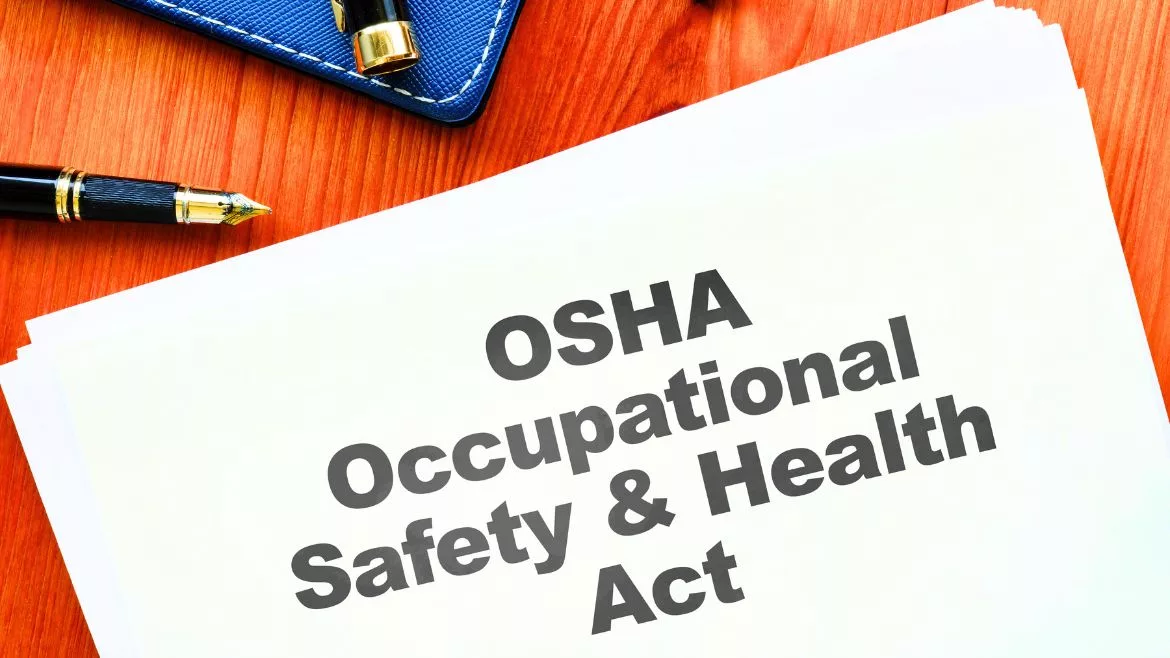News
Drilling Industry Group Supports ‘Flexibility’ in OSHA Heat Protection Rule
White House reviewing ‘Heat Injury and Illness Prevention in Outdoor and Indoor Work Settings’ rule

An organization representing drilling industry contractors, manufacturers, and affiliated professionals says a proposed federal rule to protect indoor and outdoor workers from heat stress is now under review by the White House and needs to provide the drilling industry with “flexibility” in meeting rule mandates.
The National Drilling Association (NDA) provided The Driller with comments about the rule—Heat Injury and Illness Prevention in Outdoor and Indoor Work Settings—proposed by the Occupational Safety and Health Administration (OSHA). In its comments, the NDA said, “In our business, flexibility is critical,” the NDA has a “heat/cold policy which works well.”
The NDA’s call for flexibility reflects the recommendations in a report on the proposed rule produced by the OSHA advisory committee, the Small Business Advocacy Review Panel, which said the rule should “allow employers to tailor their heat injury and illness prevention program to their setting and situations, including the local climate and the type of work being performed.”
OSHA says that currently, California, Oregon, Washington, Minnesota, and the U.S. military have heat protections, and the agency currently relies on the general duty clause of the Occupational Safety and Health Act of 1970 to protect workers from heat hazards. OSHA noted that from 2013 through 2017, California used its heat standard to conduct 50 times more inspections, resulting in heat-related violations than OSHA did nationwide under its general duty clause.
Therefore, OSHA has been working on a rule to protect indoor and outdoor workers from hazardous heat since at least 2021. On Oct. 27, 2021, OSHA published in the Federal Register an advance notice of proposed rulemaking (NPRM) for a rule to protect indoor and outdoor workers from heat stress. As justification for the proposed regulation, OSHA cites data from the Bureau of Labor Statistics that says from 1992 through 2017, heat stress killed more than 900 U.S. workers. It caused serious heat illness in almost 100 times as many. “Heat is the leading cause of death among all weather-related phenomena in the United States,” OSHA says.
In addition, OSHA says the Bureau of Labor Statistics figures on heat-related injuries and deaths are “likely a vast underestimate, given that injuries and illnesses are underreported in the U.S., especially in the sectors employing vulnerable and often undocumented workers.” Further still, excessive heat exacerbates existing health conditions like asthma, kidney failure, and heart disease. It can cause heat stroke and even death if not treated properly and promptly,” and “workers in both outdoor and indoor work settings without adequate climate controls are at risk of hazardous heat exposure,” OSHA says. The agency adds that heat is not always recognized as a cause of heat-induced illnesses or deaths, which are often misclassified because many symptoms overlap with other more common diagnoses.
As part of the federal rule-making process, in early June 2024, OSHA forwarded the proposed regulation to the White House’s Office of Information and Regulatory Affairs for review, which is standard operating procedure, according to Kimberly Darby of OSHA’s Office of Communications. According to Darby, the White House review of proposed rules helps to promote adequate interagency review of draft and final regulatory actions so that such actions are coordinated with other agencies to avoid inconsistent, incompatible, or duplicative policies.
Furthermore, OSHA rulemaking takes an average of 7.5 years to complete, and the draft of the heat regulation OSHA sent to the White House represents a midpoint in the rulemaking process, Darby said. Once the draft NPRM clears the White House review process, OSHA will publish the NPRM in the Federal Register and begin a public comment period that can result in changes to the final regulation and could result in the proposed rule being sent again to the White House for another review, Darby said.
Nonetheless, the proposed rule is still under review. According to OSHA officials, federal mandates to protect indoor and outdoor workers from heat stress could become active when the heat index reaches 80 degrees Fahrenheit.
However, while the date a federal heat stress regulation will be finalized remains unknown, the NDA does provide heat-protection tips and other safety tips that drilling industry professionals can implement, according to Gary Hajek, managing consultant for the organization. The NDA provides a collection of articles called the “Trailer Safety Tips Series” that discusses the many safety-related scenarios a member may come across, and the NDA has “an entire series just on heat,” Hajek said.
Read the 2021 proposed Heat Injury and Illness Prevention in Outdoor and Indoor Work Settings.
Looking for a reprint of this article?
From high-res PDFs to custom plaques, order your copy today!






